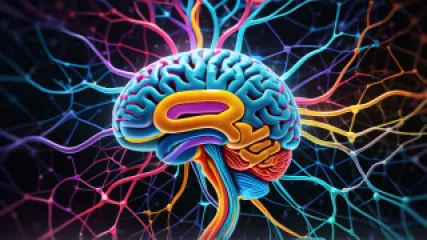The Definitive Guide to Mental Health Coaching for Better Sleep
1 year ago
Sleep Importance
What Are the Best Social Skills for Dating?
1 year ago
Social Skills Training
10 Best Virtual Addiction Recovery Coaches for 2023
1 year ago
Addiction
The Ultimate Guide to Effective Memory Improvement Techniques
1 year ago
Memory Improvement
How to Understand the Neuroscience of Decision Making
1 year ago
Psychology of Decision Making
Why Loneliness Coaching Sessions Are Essential in Today's Society
1 year ago
Loneliness
What is the Role of Wellness Coaching in Stress Management?
1 year ago
Wellness Coaching
Comprehensive Guide to Mental Training for Athletes in Sports Psychology
1 year ago
Psychology Of Sport
Step-by-Step Guide to Boost Attention Span and Enhance Concentration
1 year ago
Enhancing Concentration
How to Achieve Personal Growth Through Self-Empowerment
1 year ago
Personal Growth
What Are the Best Strategies for Overcoming Boredom?
1 year ago
Dealing with Boredom
Research on Self Empowerment for Mental Health: Effective Self-Help Strategies for Depression
1 year ago
Depression Self Help
What is the Importance of Setting Personal Space Boundaries?
1 year ago
Personal Space Importance
What Are the Effective Methods for Procrastination Recovery?
1 year ago
Procrastination Overcome
Why Online Therapy for Clutter Issues is Essential for Emotional Well-being
1 year ago
Emotional Effects of Clutter














